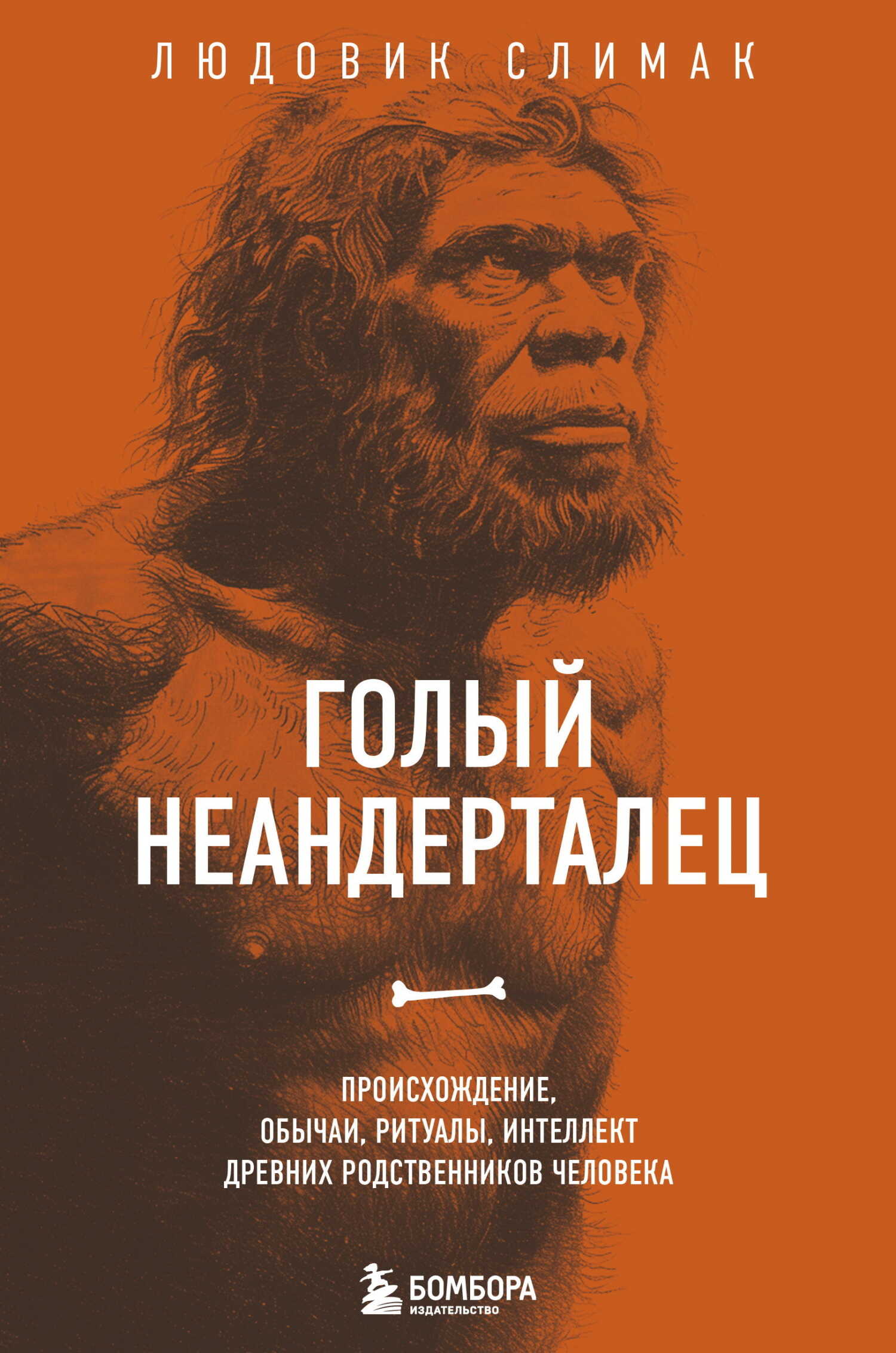Книга Вымершие люди: почему неандертальцы погибли, а мы — выжили - Клайв Финлейсон
Читать книгу Вымершие люди: почему неандертальцы погибли, а мы — выжили - Клайв Финлейсон полностью.
Шрифт:
-
+
Интервал:
-
+
Закладка:
Сделать
Перейти на страницу:
Перейти на страницу:
Книги схожие с книгой «Вымершие люди: почему неандертальцы погибли, а мы — выжили - Клайв Финлейсон» от автора - Клайв Финлейсон:
Комментарии и отзывы (0) к книге "Вымершие люди: почему неандертальцы погибли, а мы — выжили - Клайв Финлейсон"








